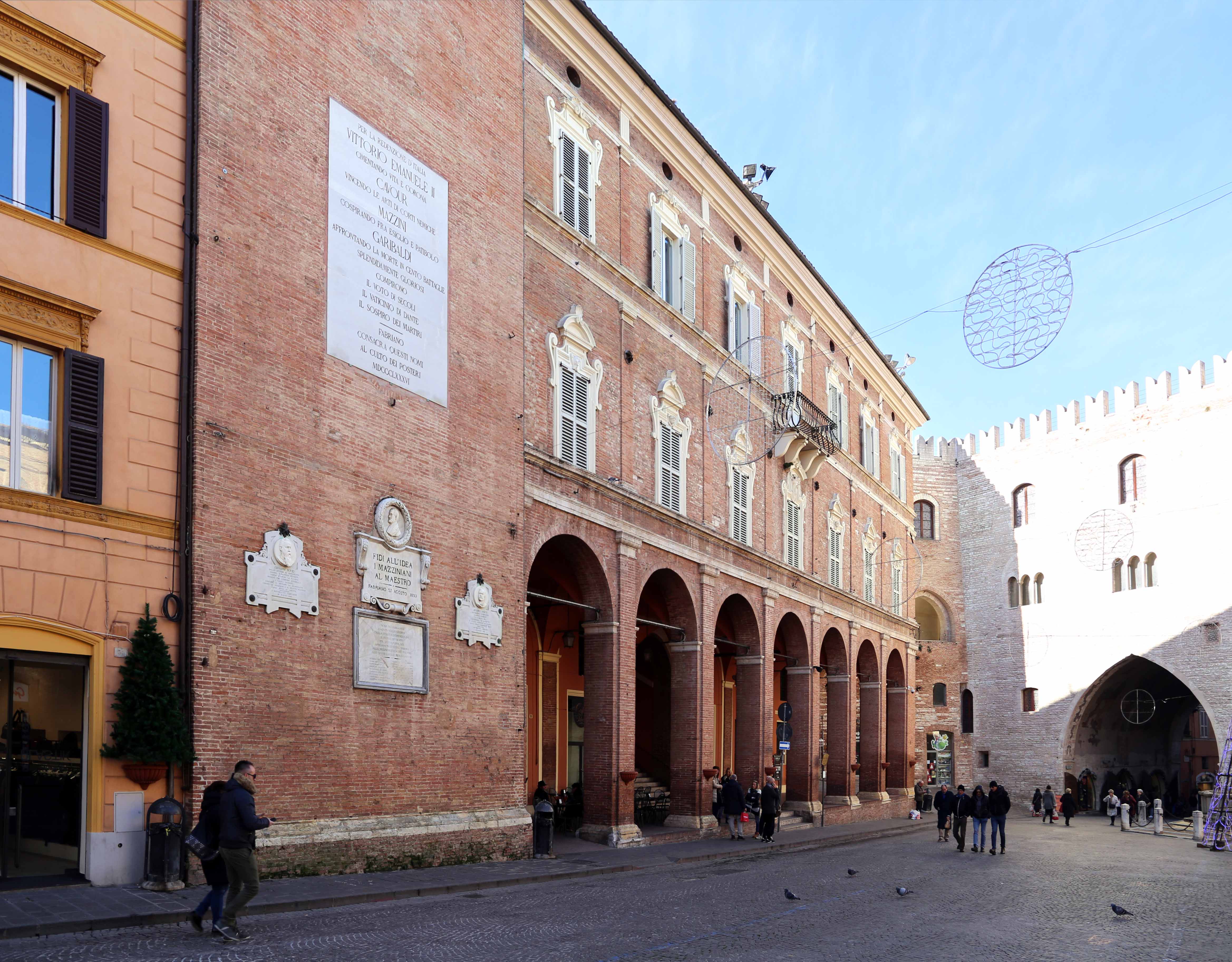The spread of Christianity within the Fabriano territory has not been divulged in a safe and exhaustive documentation. Likewise other areas of the peninsula, it is fair to believe that Christianity has gradually gained ground within the urban areas, in its Catholic diffusion, the conversion of the countryside might have taken place at a later stage. The episcopal precincts were defined around the mid-fourth century and therefore corresponded to the need of coordinating the already initiated pastoral and missionary activities.
In the ancient town of Matelica, the first bishops we have knowledge of were Equizio (487), Basilio (499) e Fiorenzo (551).
The origins of Christianity within the territory of Fabriano can likely be traced in the Roman municipality of Attidium (today a fraction of Attiggio). Following the village destruction in 410 by the Visigoths, the population relocated to a place named Castelvecchio, nearby the church of S. Caterina. Another settlement was discovered following the archeological excavations in the town of S. Maria in Campo. In Pieve di S. Giovanni Battista in Attiggio, the population of Fabriano used to be baptized until 1253, when the baptismal font was moved to S. Venanzio according to the will of the bishop of Camerino Guglielmo (1250-1259).
The religious history is partly related to that of Camerino, whose episcopal precinct controlled Fabriano and Matelica.
The cult of martyr S.Venanzio, to whom Fabriano’s first baptismal church was dedicated due to the will of the early-11th century Camerino Chapter, indeed, comes from Camerino.
The current building dates back partly to its 4th century reconstruction and partly, concerning its main section, to the first half of the 17th century: It was consecrated in 1663.
The second collegiate church was S. Nicolò (since 1450), which initially had been a Benedictine monastery (7th century).
Of remarkable importance was the Benedictine presence comprising several abbeys dotting the whole territory of Fabriano that reached their peak during the eremitical-cenobitic experience of Saint Romuald (+ Valdicastro 1027) and S. Silvestro Guzzolini (+ Montefano 1267).
The Franciscan experience enjoyed a great diffusion as well, since from the nearby region of Umbria it rapidly expanded into the Fabriano territory.
The first Fabriano’s Consuls are referred to in a document of 995. In 1234 the city converted into an independent Municipality. Solid castle walls were built only in the 13th century, whereas all sorts of arts were thriving at Universities: locksmiths, paper mills as well as the leather and wool industry.
Fabriano began to elect its own judiciaries and gradually acquired a new look; the old town became home to architectural and pictorial sites of vital importance for the birth of an artistic school which, during the following century, reached its highest peak with Allegretto Nuzi and Gentile da Fabriano.
From 1378 to 1435 Signoria dei Chiavelli (the Chiavelli Signoria), ancient lords of the earldom ruling Fabriano during the foundation of the independent Municipality, took the power.
In the 13th and 14th centuries the main holy buildings dedicated to S. Agostino (1216), S. Benedetto (1244), S. Francesco (1291), S. Biagio (sec. XIII), where the body of S. Romualdo rests), S. Caterina (1382), S. Lucia (ca 1365) were built.
In Matelica, the first baptismal parish dedicated to Saints Bartolomeo and Adriano, perhaprs dating back to the 6th centruty, was built for the first time after the destruction of the city perpetrated by the schismatic bishop Cristiano di Magonza, captain of Emperor Federico Barbarossa between 1174 and 1176; the renovation was completed in 1325. The Church became collegiate in 1452.
After repeated interventions at the Apostolic See with the “Inscutabili Aeterni” Seal of 1728 issued by Benedetto XIII, the Diocese of Fabriano was established with the creation of an episcopal property initially jointed to Camerino which eventually became autonomous. In 1785 it was merged with Matelica following the “Saepe factum est” Seal issued by Pope Pius VI.

